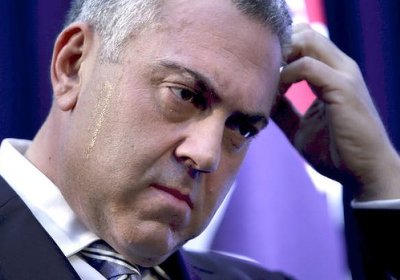Australian Council of Social Service (ACOSS) campaign coordinator Pas Forgione outlined why a campaign to “Raise the rate” of the Newstart unemployment benefit is desperately needed, at a June 15 community forum in Sydney’s west.
Underemployment
The rise of Jeremy Corbyn in Britain and Bernie Sanders in the US has led many to ask where is our Corbyn or our Sanders and to question whether conditions in Australia are ripe for a similar break to the left.
Because Australia was buffered from the worst of the GFC, due mainly to the mining boom, some argue that conditions here may need to get a lot worse before people are prepared to get behind a left platform.
Let’s look at some social indicators in Australia today.
Life is about to get a lot tougher for 700,000 workers and their dependents when the penalty rate cuts hit on July 1. It is also the day politicians will get a 2% pay rise.
Full and part-time workers in the retail, fast food, hospitality and pharmacy industries are the first to be hit. The ACTU calculated that casuals in the pharmacy industry will face an annual cut of up to $6000 as the result of a February ruling by the misnamed Fair Work Commission.
Reserve Bank governor Philip Lowe has called on workers to start demanding pay rises.
Lowe said on June 19 Australia’s economy is suffering a “crisis” in wage growth and the relatively low unemployment rate means workers should start asking for a larger share of the nation’s economic pie.
His call comes as data shows the share of national income going to workers has fallen to a 50 year low and the underemployment rate, where workers want to work more hours, rose to 8.8%.
Underemployment has now risen for the past six consecutive quarters.





